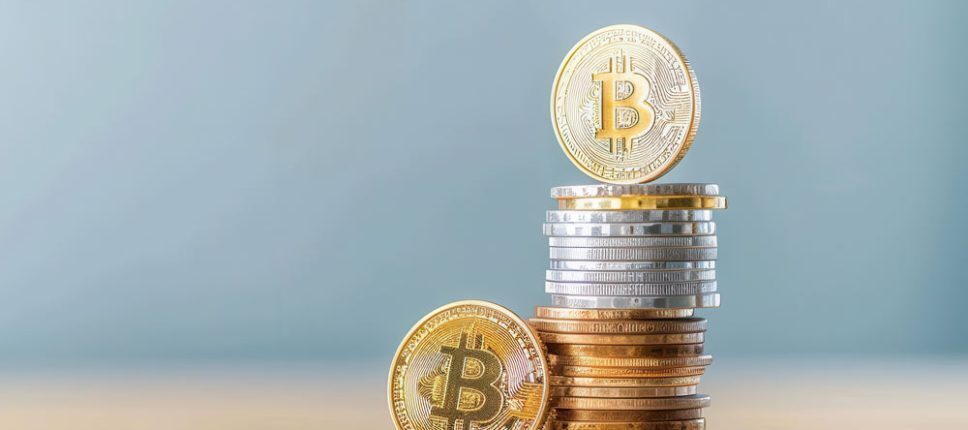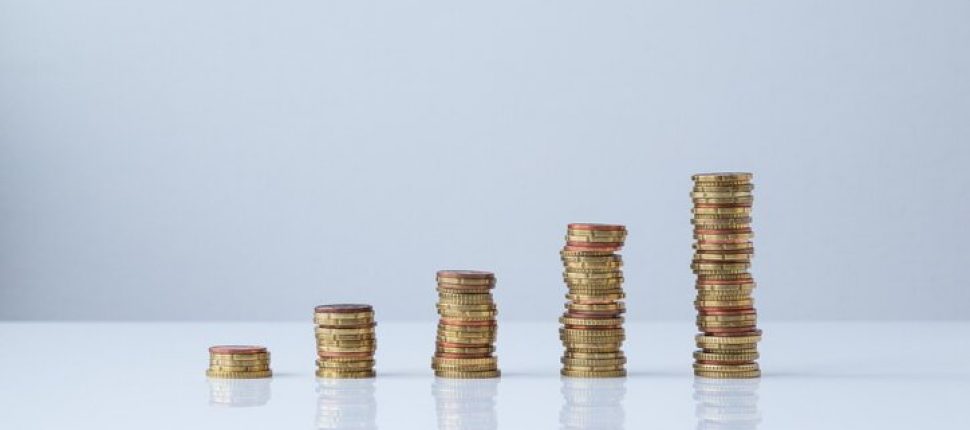- >Buying Crypto
- >Cardano Guide 2025: Best Exchanges for Buying ADA
Best Cryptocurrency Exchanges for Buying Cardano (ADA)
- Earn $200 in free crypto after completing sign-up process. Terms apply.
- Variety of products including exchange, staking, wallet
- Advanced Trading options for experienced traders
- Exceptionally secure exchange with proof of reserves
- Supports many different funding options
- Accepts users from across the globe including USA and Canada
- Very high trading volume
Cardano Pros & Cons
Pros
Fully open source
Code built from scratch by collective of experts and audited externally
Platform is designed to handle enterprise level usage (i.e. a bank)
Provably secure proof of stake algorithm
Cons
Project is designed to be long-term; risk of competition arising before completion
ADA Ratings
Supply
- Max Supply: 45,000,000,000 ADA
Network Speed
- Rating: Medium
- Reason: According to a test in late 2017, a test was conducted wherein the Cardano network handled 257 tx/s. Most official sources indicate that further improvements to the Cardano network will allow the network to scale far beyond 1000 tx/s. For the time being, until this capacity is demonstrated, the network receives a medium rating.
Disbursement
- Rating: Medium
- Reason: The disbursement of ADA is well documented. This transparency and tooling is provided by adascan. The actual disbursement though, is fairly skewed towards the rich. The top 1000 addresses hold 37% of the total supply. The top 10000 addresses hold 68% of the supply. This is an uncomfortable level of centralization, especially within a proof of stake ecosystem.
Developer Engagement
- Rating: High
- Reason: Cardano has one of the most active GitHub repositories in the cryptocurrency ecosystem. With an impressive FCAS score of 950, the Cardano project is moving at a staggering rate. The development efforts are all open source, and being lead by a hong kong development agency called Input Output Hong Kong. The repository can be visited here.
Liquidity
- Rating: Medium
- Reason: Cardano is a relatively new cryptocurrency project. The project team and companies behind it have been building since 2015. ADA launched in 2017, and given its limited time on the world stage, it is impressive to see what its accomplished in terms of market cap. ADA is traded on most global cryptocurrency exchanges such as Binance and Kraken, with a daily volume frequently topping $100 million.
General Overview of Cardano
Cardano’s development team consists of a large global collective of expert engineers and researchers. There are three main organizations overseeing the project: Input Output Hong Kong (IOHK) is in charge of engineering, Emurgo is in charge of business, and the Cardano Foundation which is in charge of community leadership.
Cardano has its own cryptocurrency called ADA, which can be used to send and receive digital funds. This digital cash represents the future of money, making fast, direct transfers that are guaranteed to be secure through the use of cryptography. Cardano’s blockchain uses the proof of stake (POS) consensus method. The platform is being constructed in layers, which gives the system the flexibility to be more easily maintained and allows for upgrades by way of forks. After the settlement layer of ADA is complete, a separate computing layer will be built to handle smart contracts like digital legal agreements that will underpin future commerce and business. Cardano will also run decentralized applications, services not controlled by any single party but that instead operate autonomously on a blockchain.
History of Cardano
Cardano was conceptualized by Charles Hoskinson. Hoskinson was one of the co-founders of Ethereum.
Hoskinson felt that while Bitcoin and Ethereum were fine projects, they were just the first two generations, Bitcoin being the first to enable the transference of currency without a middleman, and Ethereum building upon that and introducing smart contracts to help govern not only the transference of currency, but services, property or anything else of value. Cardano is then a third-generation project, building upon both of those generations accomplishments but road mapping a solution to the issues of scalability, interoperability, and sustainability. Let us take look at how this works.
How Does Cardano Work?
Cardano works by attempting to solve three of the biggest issues cryptocurrencies face as they vie for mainstream acceptance: scalability, interoperability, and sustainability.
In order to overcome scalability issues, Cardano utilizes a proof of stake mechanism, which is far more cost effective than a proof of work system. Cardano’s proof of stake mechanism, called Ouroboros, is both modular and flexible in design, and has been peer-reviewed and proven secure. Ouroboros’ modularity allows for features such as delegation, sidechains, subscribe checkpoints, better data structures for light clients, different forms of random number generation and even different synchronization assumptions. This flexibility ensures that as the number of users increases from thousands, to millions, and beyond, the requirements of the consensus algorithm can be adjusted as needed.
The next issue Cardano hopes to overcome is interoperability. Charles Hoskins does not believe that one token will rule them all, and as a result Cardano is designed to function with other blockchains, such as Bitcoin’s, but also with external systems already in place like the traditional financial system. Cardano hopes to create an “internet of blockchains” where there are seamless transactions between various ecosystems with no middlemen like the exchanges you currently have to use to swap your tokens. They will do this by using sidechains. Sidechains essentially run within the main chain (Cardano) and keep a 1:1 peg of a different asset like Bitcoin as it enters/exits the Cardano blockchain.
In addition to sidechains, Cardano hopes to tackle interoperability issues with the existing systems our society uses like financial institutions. The are looking to create a way in which the private data needed by those institutions about the transactions taking place, from whom, to who, how much, etc., is only attached when required to help ensure privacy, while also allowing for compliance in order to help prevent money laundering or other dishonest behavior using cryptocurrency.
Finally, Cardano attempts to ensure its longevity in the world by providing a sustainable system for future development and growth. They do this by creating a treasury, which receives a part of every block reward, and is used to fund grants for future project development, voted upon by stakeholders. As the network grows, it proportionally gains more resources and creates more voters, making it more decentralized over time.
How Do I Buy Cardano?
The most common way to acquire Cardano is to purchase it through a cryptocurrency exchange. Every exchange is a little different but there are numerous ones that offer Cardano. On some exchanges, you’ll be able to purchase directly with fiat (USD, EUR, CAD) etc, but it’s very common to swap something like Bitcoin for Cardano.
Our favorite cryptocurrency exchange for buying Cardano is listed near the top of the page but here are some other exchanges that offer Cardano:
Advantages of Cardano
There are numerous advantages to Cardano, including being fully open source, being created from the ground up by a collective of experts, the code was peer reviewed by experts and the consensus algorithm has been proven secure, the protocol is flexible and scalable, and transactions and data occur on two separate layers. The two main advantages we are going to examine are the flexibility of the protocol, and its separation of layers.
The Cardano protocol being flexible means that when the users of the network agree to a change in the protocol, it can be implemented with little to no disruption. This will be seen when their upcoming fork is implemented in mid-February 2020. The upgrade was agreed to by users, and the fork will be executed, ending the old set of rules/block, and continuing with a new block, but without the necessity to create any new assets to run that new block.
Cardano is split into two layers, the Cardano Settlement Layer and the Cardano Computation Layer. The Cardano Settlement Layer is the account balance/ledger layer, it uses the proof of stake algorithm to create and validate blocks and transfer tokens. The Cardano Computation Layer contains the reasons and conditions under which tokens are transferred. Because these layers are separate, Cardano can use the Computation Layer to create customized rules for evaluating transactions. This ties in with their goal of interoperability because it will allow Cardano to help with compliance issues.
Disadvantages of Cardano
There are no obvious disadvantages for Cardano.
The project is extremely ambitious and is attempting to do everything as perfectly as possible, and as a result they are not concerned with a timeline. So, as a result, the project leaves itself open to another competitor emerging before they can complete the feature set of their project. Of course, Cardano is not concerned with this and it really is not something that can objectively be called a disadvantage. A competitor may emerge but that does not guarantee that they will be able to execute either, so it is best to do your own due diligence and decide whether Cardano is a project you believe in.
Cardano Frequently Asked Questions
Yes! Cardano is similar to Ethereum for two reasons. The first is that the concept of Cardano was created by a co-founder of Ethereum, Charles Hoskinson. The second is they are both blockchains designed to run smart contracts. The two projects are not related otherwise, as Hoskinson left Ethereum because he felt the vision of the project did not cover the full scope of possible issues faced by cryptocurrencies.
There is no actual owner of Cardano. The idea came from one man, but the project is open source and decentralized. Three organizations, Input Output Hong Kong, Emurgo, and the Cardano Foundation, oversee the project but have no power to affect the network without getting the network users’ permission.
At the last test of Cardano’s network speed, it takes about 20 seconds for a transaction to be validated by the network.
There is currently one verified source of free Cardano: https://freecardano.com/
In order to receive free Cardano you first need a wallet that can store ADA such as Cardano’s own wallet Daedalus. Then you just participate on the website by completing games every hour and receiving free ADA as a reward. Please visit the website for more details.
Cardano has many advanced features including its two-layer system, its flexibility and its Ouroboros consensus algorithm. Please read “The Advantages” section of this article for more.
No, it is not possible to use Cardano or any other cryptocurrency directly on Amazon.
Cardano is so cheap because it is a fairly new project that has not caught mainstream attention like Bitcoin or Ethereum. The second factor is that there exists 45 billion Cardano. So the relative price per share (ADA) is low because of the total supply being so large.
Cardano is not shortened to ADA, ADA is a reference to Ada Lovelace who is often referred to as the first computer programmer. Cardano named their cryptocurrency after her, they did not shorten their name and remove a letter to make ADA the name of their token.
Yes! You can buy Cardano on Coinbase.

